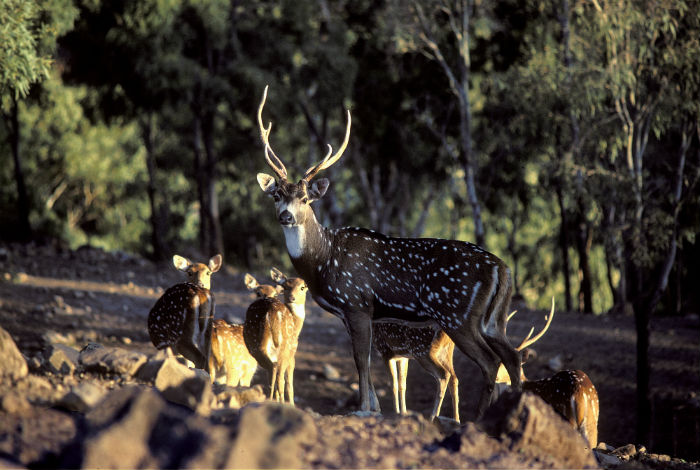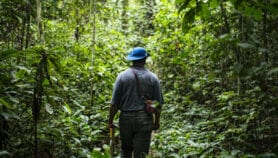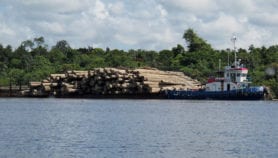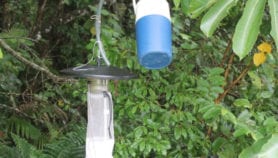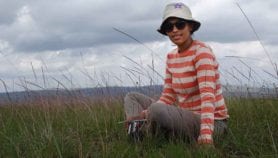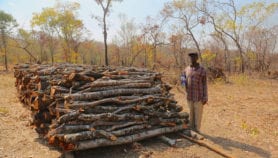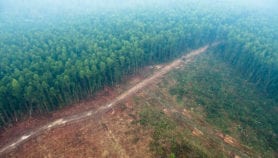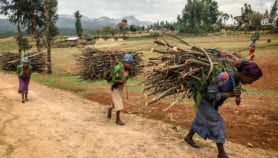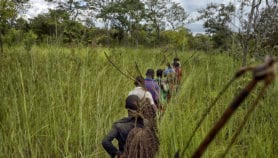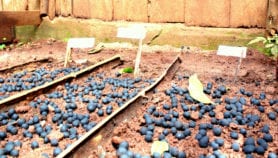By: Gilbert Nakweya
Send to a friend
The details you provide on this page will not be used to send unsolicited email, and will not be sold to a 3rd party. See privacy policy.
[NAIROBI] Managing the environment and natural resources such as minerals, trees and wildlife is key to sustainable development.
It is for this reason I have observed that countries attach great importance to environmental matters.
With increased climate change and the global population projected to reach 9.6 billion people by 2050, the world faces a myriad of challenges that require sustainable solutions.
With demand-driven research that meets the needs of the people, forests can greatly help transform Africa.
Gilbert Nakweya
Development experts and governments are busy mapping out and planning routes to sustainable development.
The world marked two important events last year, the UN’s Agenda 2030 on sustainable development and the Paris agreement on climate change. I have been keenly following expert discussions on the links between the natural environment and development.
Last week (26 April) in Nairobi, Kenya, I attended a meeting during which the CGIAR’s Indonesian-headquartered Center for International Forestry Research’s strategic plan 2016-2025 was discussed. I was impressed by how the plan captures forestry opportunities that could help achieve the 17 Sustainable Development Goals (SDGs).
The plan coincides with countries entering the implementation phase of the SDGs. The experts discussed its three pillars — research for impact, capacity development and outreach.
The strategy covers forests and human well-being; sustainable landscapes and food; and equal opportunities, gender, justice and tenure. Researchers will also study climate change; energy and low-carbon development; value chains, finance and investments; and forest management and restoration.
All these will be linked with the corresponding SDGs. For instance, forests management and restoration focuses on SDGs 14 and 15 on life below water and life on land, respectively.
As experts from academic institutions, government, private sector and science research-based organisations discussed the plan I became convinced that prudent management of forest resources could help achieve the SDGs.
Through capacity building and increased engagements on forestry, Africa could manage contemporary challenges such as food insecurity, climate change, energy crisis and disease burden.
With demand-driven research that meets the needs of the people, forests can greatly help transform Africa. However, it is prudent that governments and other organisations popularise the role of forests in development.
This piece was produced by SciDev.Net’s Sub-Saharan Africa English desk.


